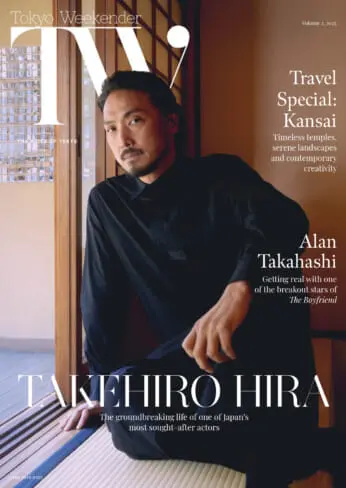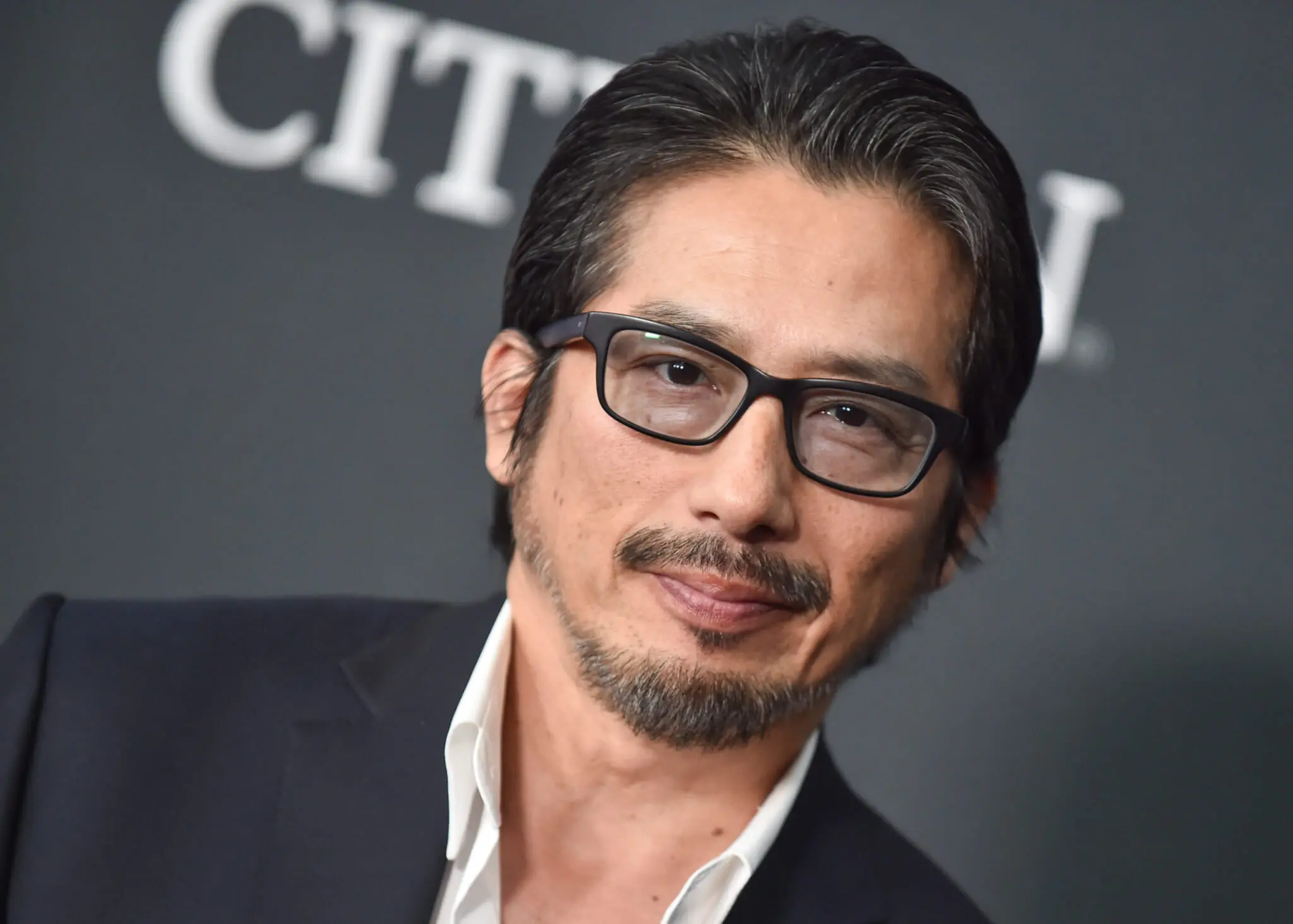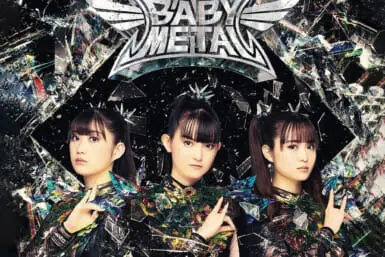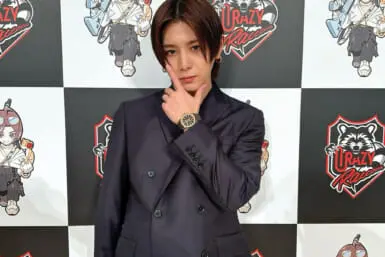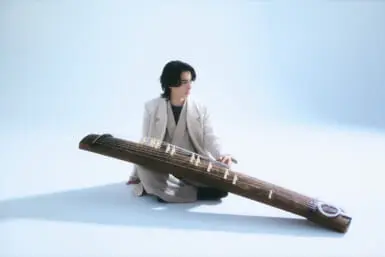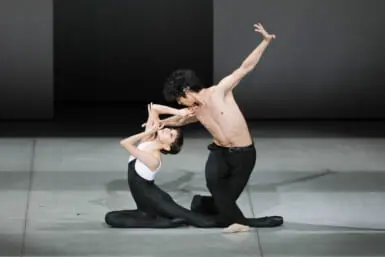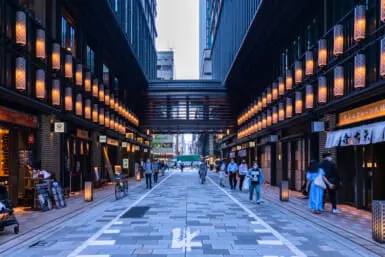On Sunday night, Hiroyuki Sanada became the first Japanese person and only the second Asian to win a Best Actor Emmy Award. To celebrate his triumph, we are looking back at his life and career thus far. Here are 10 facts you may or may not have known about Hiroyuki Sanada.
10 Facts About Hiroyuki Sanada
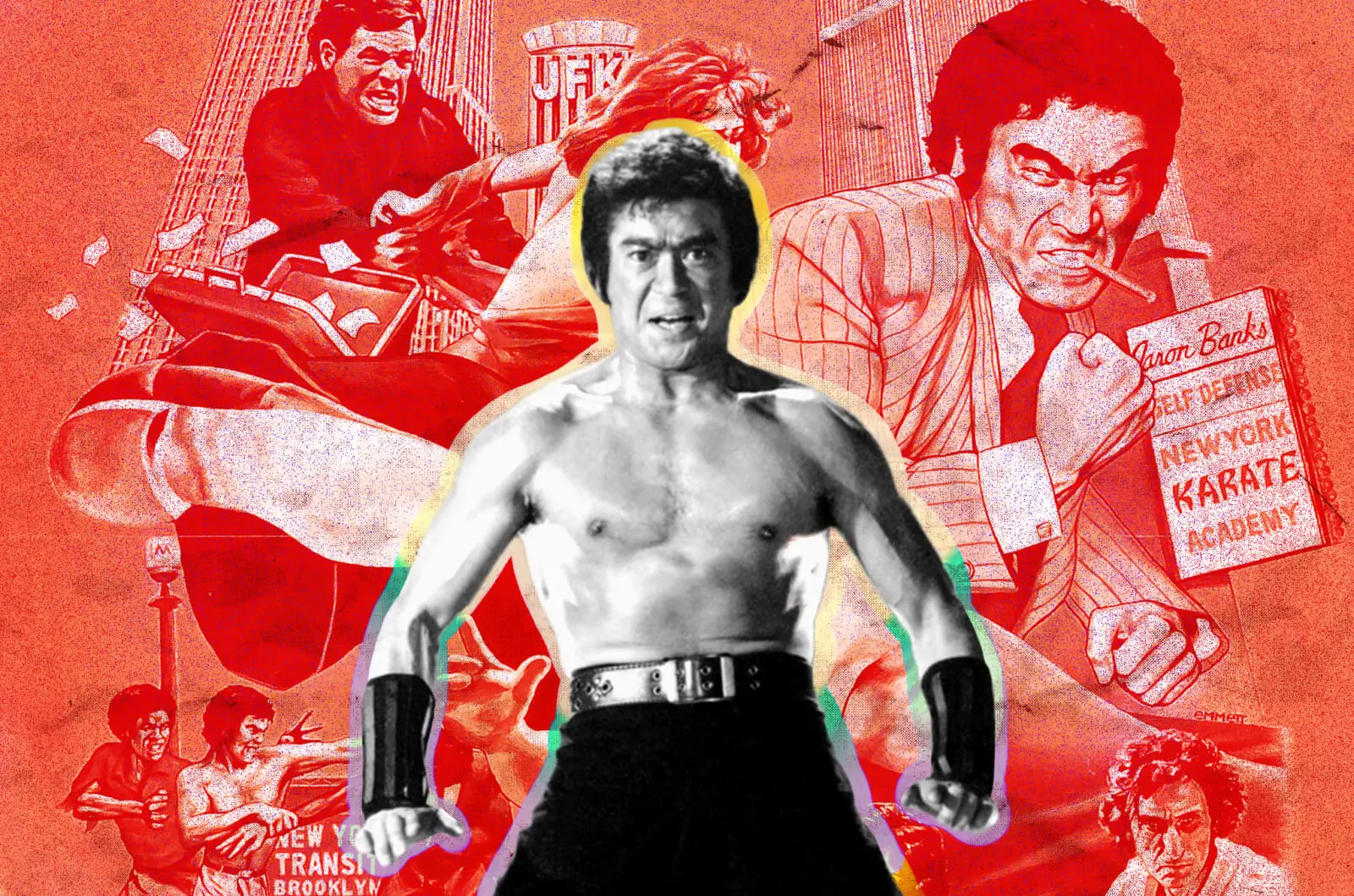
1. He made his movie debut alongside Sonny Chiba as a child
After working as a child model for a magazine, Hiroyuki Shimozawa — as he was then known — joined the Himawari Theater Group at the age of 5. His movie debut then came shortly before his sixth birthday, when he played the son of Sonny Chiba in the 1966 yakuza flick, Game of Chance. The pair reprised the roles for two sequels the following year.
2. Chiba became his mentor
Speaking to Men’s Journal, Sanada said he and his younger brother learned kendo from his father when they were kids. Sadly, his father passed away when Hiroyuki was just 11. Shortly after that, he joined Chiba’s Japan Action Club, a training school for aspiring martial arts actors and stunt performers. Chiba became like a father figure to him.
3. He changed his name to Hiroyuki Sanada in 1978
Chiba advised his young protégé to withdraw from performing art activities and focus on his studies when he entered high school. Following a short break, the teenager resumed his acting career after passing an audition for Kinji Fukasaku’s period film, Shogun’s Samurai, also starring Chiba. Around the time of the film, he changed his surname from Shimozawa to Sanada.
4. He was also a 1980s pop star
Sanada’s acting career continued to thrive in the 1980s. During that decade he also received a Bachelor of Arts degree in Film Science from Nihon University and became a pop star, releasing several singles and albums. Many of his hits were related to movies or dramas he appeared in, including his best-selling track “Seishun no Arashi (Hurricane)” for the martial arts flick, Roaring Fire.
5. Sanada was awarded an MBE in 2002
After seeing Sanada perform in Yukio Ninagawa’s Japanese-language production of “Hamlet,” British actor Nigel Hawthorne suggested he play the Fool in a Royal Shakespeare Company (RSC) production of “King Lear.” Following his performance, Sanada was appointed an Honorary Member of the Order of the British Empire (MBE) for his “contribution to spreading British culture in Japan.” He was the second Japanese actor to perform with the RSC after Togo Igawa.
6. Edward Zwick relied on Sanada for the fighting scenes in Last Samurai
A year after receiving the honorary MBE, Sanada appeared in his first Hollywood film as master swordsman Ujio in Edward Zwick’s Last Samurai. The Japanese actor felt he probably wouldn’t have received the audition for the role had it not been for “King Lear.” Zwick later recounted in a memoir that he “came to count on Sanada’s vast experience in martial arts” to help him “stage the many fighting scenes.”
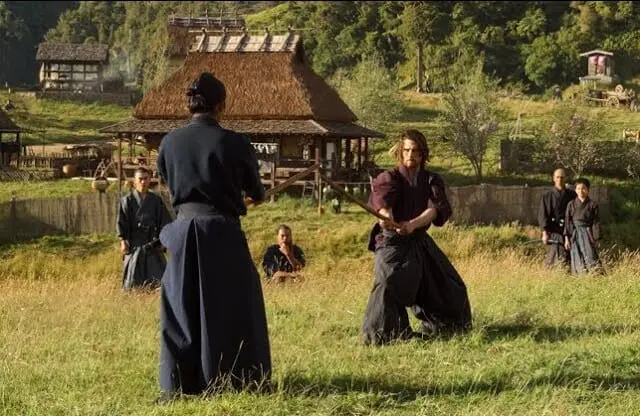
7. He came within half an inch of chopping Tom Cruise’s head off
During filming for Last Samurai, lead actor Tom Cruise insisted that Sanada swing an actual sword at his neck. “Tom’s neck was right in front of me and I tried to stop swinging my sword, but it was hard to control with one hand,” Sanada told reporters while promoting a film in Taiwan. He added that the blade was just half an inch from the Hollywood star’s neck.
8. Sanada and Ken Watanabe became the go-to Japanese actors in Hollywood
It’s changed slightly in recent years, but for a long time after Last Samurai it felt like any significant Japanese role in a U.S. production went to either Ken Watanabe or Sanada. While Watanane arguably became the bigger movie star thanks to blockbusters such as Inception and Batman Begins, Sanada was the go-to actor for major television dramas such as Lost, Extant and, more recently, Westworld.
9. Sanada’s unofficial job in Hollywood is to ensure depictions of Japan are accurate
Sanada is more than just an actor — he is also a cultural ambassador for Japan, and it’s a role he takes very seriously. “I enjoy the acting of course, but if I don’t have any shooting, I’m on the set checking that everything is correct, like how to wear kimono,” he once said. “I even check the extras aren’t wearing the kimono the wrong way and I love to do that.”
10. He insisted that all Japanese parts had to be played by Japanese actors in Shogun
Being an actor, there’s a limit to how much of an influence his words can have. With Shogun, it was different as he was also a producer for the drama. This gave him more control. As result, the story was told from a Japanese perspective rather than a stereotypical Westernized image. He also insisted that all Japanese characters be played by Japanese actors and that “period drama specialist staff be brought from Japan.”
